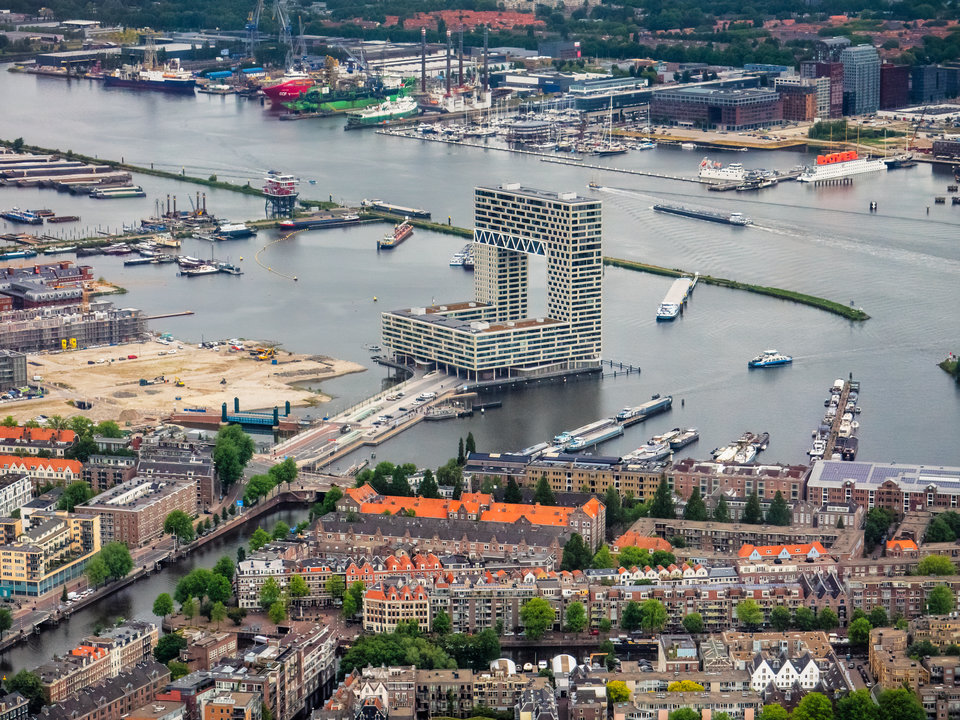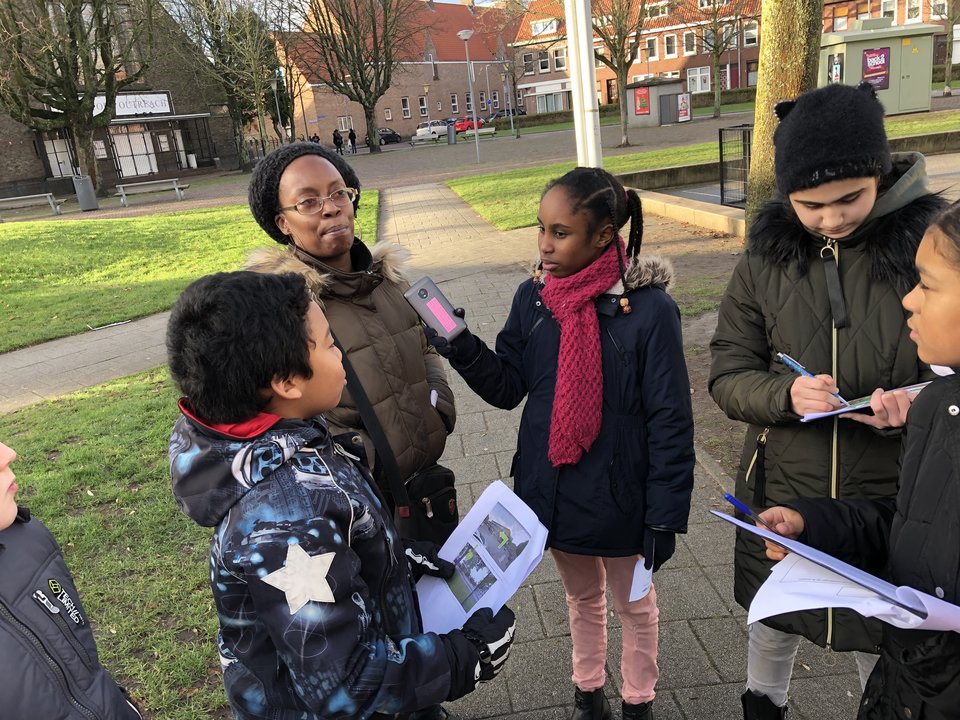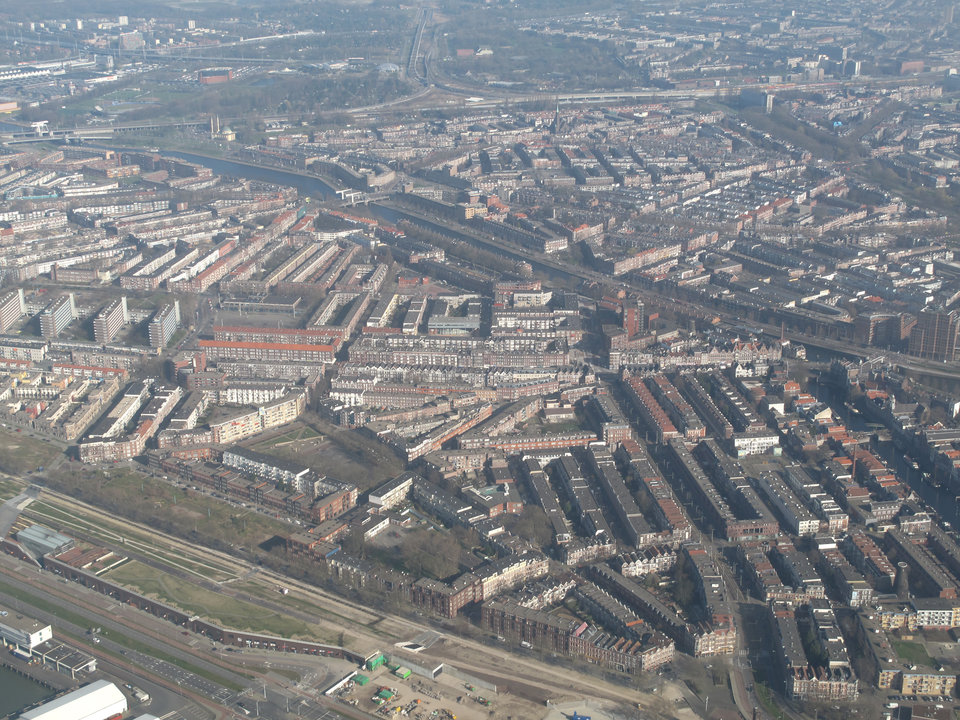In cities, technologies & infrastructure determine how and where people live and move around, or how they adapt to a changing climate and respond to shocks. A city is a complex socio-technical system. By building artificial cities and creating simulations built on real-world data, we can unravel and understand the complexity of our cities, and the many interactions between infrastructure and behaviour, allow us to better manage the complexity of cities making them more resilient.
Using computer simulations to explore urban policy uncertainty.
An interview with Mikhail Sirenko
The Resilience Lab, part of the Technology, Policy, and Management Faculty at the Delft University of Technology, is naturally home to many models. Often, these models are computer representations of complex issues revolving around climate change, public health, or disasters.
Cities most vulnerable against disruptions related to climate change, stressed public health systems, or disasters: they are densely populated, and in increasingly smart cities, local disruptions can cause unprecedented cascading effects. Because of this increasing complexity, resilience as key design principle and strategy needs to replace traditional planning. Rather, models are needed that capture the interplay of people, infrastructure, and the environment.
A computer model of the city doesn’t actually look like a city, but it does represent certain elements of a city. Systems modeller and urban scientist Mikhail Sirenko translates the realities of these socio-technical urban systems into computer models.
“If you take a look at a city in a very simple way... what are the main building blocks of a city? You have housing, infrastructure objects. These objects are plugged into some technical systems, for example, an energy system. You have to power your (simulated) house! This is the first, rather technical, part. But you also have people. Without people, there is no city.”
Modelling People
Modelling the technical component of the socio-technical urban system is relatively simple when you compare it with the challenge of translating human behaviour into lines of code. Here, a multi-disciplinary approach becomes key to accurately capturing what people might be doing during a normal day, and what they might do during a disaster.
Models are also used to engage with the communities themselves, studying what makes successful initiatives resilient. One of these research projects was a model-based evaluation of how 124 community gardens organize self-governance. The team collected the rules from each organization and tested them in different digital scenarios.
Each simulation included community members, each with their individual preferences and patterns. Their behaviour was determined by their own rules and those of the organization they chose to join, based on their real-world counterparts. As Dr Amineh Ghorbani explains the results.
“We came to the conclusion that it’s the combination of rules that define whether an urban garden is successful or not. Not really which rules, but really the combination that is the determining factor. We predicted with our simulation that one garden we had collected data six months ago in Rotterdam...it’s going to break up soon...because they have this combination of rules and are focusing too much on sanctioning, for example.”
“Without people, there is no city.”
The HERoS project, examining the impacts COVID-19 is having on social dynamics in urban systems, is one such multidisciplinary effort. The ongoing work is investigating several topics: including online misinformation, medical supply chain management, and local COVID019 policy. Unlike much other Covid19 research, this approach is zooming into human behaviour locally, allowing planners and policymakers to explore the impacts of potential policies for specific neighbourhoods or communities with models before implementing them.
In this interactive map you can explore some of the results of this study, watching as COVID-19s spreads quickly through contacts made in public spaces and at home. Especially interesting is the impact in areas with only a single supermarket serving the whole community, a potential hub for rapid transmission.)
Working With Uncertainty
Resilience is the ability of a system to sustain its key functions in response to chronic stresses and abrupt shocks. By nature, shocks can be especially difficult to predict. We don’t know exactly what infrastructure would be damaged by a potential earthquake, for example, or how the people might respond. There is a lot of uncertainty to be considered.
Instead of making an educated guess, the HERoS behavioural model captures certain elements of this uncertainty by modelling a set of potential behaviours, instead of just one. Then, the simulation is run not once or twice, but thousands of times.
By looking at the collection of these scenarios, researchers like Mikhail can begin to understand the impact of COVID-19 policies at the local level. “Naturally, you also start thinking about policies that increase the resilience of the system. To which building blocks these policies would apply? To infrastructure, people or behaviour or all at once?”
At the Resilience Lab, models of socio-technical urban systems become safe spaces for decision-makers to explore uncertainty, to test potential policies or identify critical decision points during a crisis. Through this exploration, we can begin to unravel the complexities of these systems. Learning to better manage their complexities in urban systems and increase their resilience by preparing for many possible futures at once.



